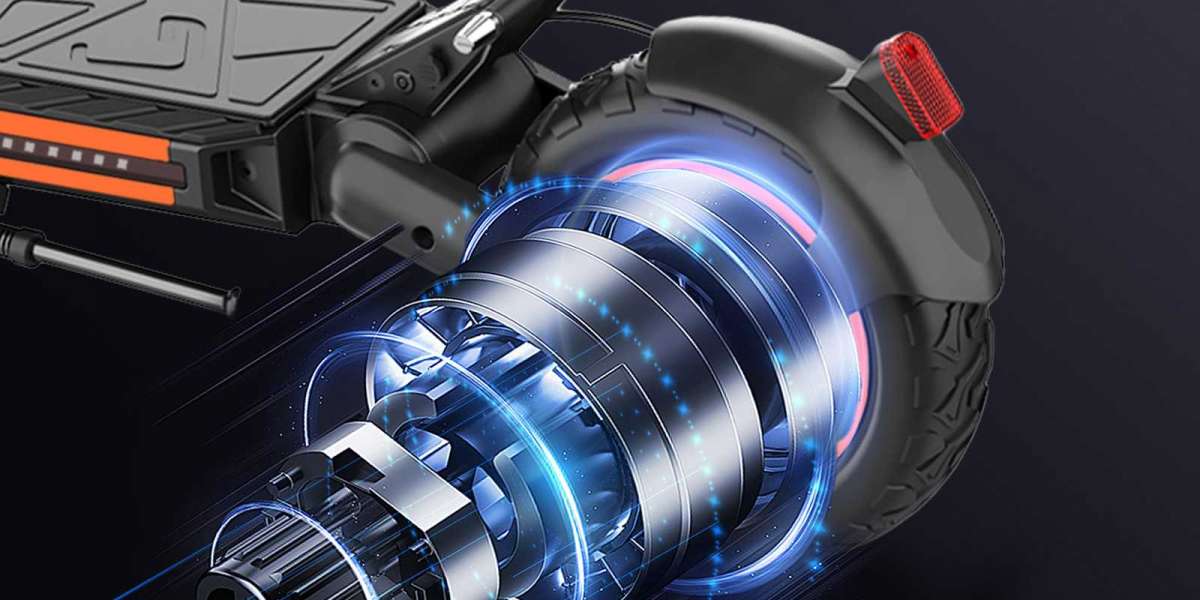Introduction: Understanding the intricacies of skate scooter tires is crucial for every rider. In this guide, we delve into different types of tires, their specifications, and provide step-by-step instructions on how to replace inner tubes.

Types of Tires: Skate scooter tires are primarily categorized into solid, pneumatic, and tubeless types.

Solid Tires: Made of rubber and other soft materials, solid tires are filled with a solid compound.
- Pros: No need for inflation, easy to maintain, resistant to punctures and blowouts.
- Cons: Poor shock absorption, limited contact area with the ground leading to slippery conditions, especially in wet weather.

Pneumatic Tires: A type of inflatable tire but without inner tubes, air is held in by the tight seal between the tire and the rim.
- Pros: Good shock absorption, strong traction, easy to repair.
- Cons: Susceptible to deflation if air pressure is low, specialized equipment required for inflation after repair, may necessitate the use of self-sealing liquid.

Tubeless Tires: Consist of both inner and outer tires, with air-filled inner tubes.
- Pros: Good shock absorption, strong traction, cost-effective, low maintenance.
- Cons: Higher risk of inner tube failures, more complex repair compared to pneumatic tires.

Specifications and Recommended Tire Pressure for Pneumatic Tires: Skate scooter tires typically have a diameter of around 25 centimeters or 10 inches, often referred to as 10-inch tires. The width of the tire ranges between 7 to 8 centimeters, with recommended tire pressures ranging from 30 to 50 psi, with 40 psi being advised. In the absence of a pressure gauge, pressing the tire with the thumb until it depresses 5 to 10 millimeters is optimal. Inner tube specifications also adhere to the 10-inch standard, typically labeled as 102.125, 102.25, or 10*2.5, and are compatible due to the flexibility of rubber inner tubes.

Differences Between Road and Off-Road Tires: 10-inch skate scooter tires come in two types: road and off-road. Despite having the same diameter, off-road tires feature deeper treads, providing better traction. Road tires have shallower treads, offering improved traction and comfort on smooth surfaces but are prone to slipping in rainy conditions.
Reasons for Rear Inner Tube Vulnerability: The rear wheel houses the motor for most skate scooters, making it more susceptible to damage. Torque generated during acceleration and braking increases friction between the tire, inner tube, and rim, leading to punctures and wear. Additionally, motor heat exacerbates this issue, making rear inner tubes more prone to damage compared to front ones.
Replacing Inner Tubes: Replacing inner tubes is a straightforward process, especially if the scooter's motor is located in the rear wheel, eliminating the need to disconnect the motor from the controller. Most tire rims are detachable, allowing easy access to the inner tube. Follow these steps for inner tube replacement.
By understanding the subtle differences in skate scooter tires and adhering to proper maintenance procedures, riders can ensure smooth and safe riding experiences. Whether cruising on smooth roads or traversing rugged terrain, proper tire selection and maintenance practices are crucial for maximizing performance and longevity.
This article comes from https://todimart.com/








